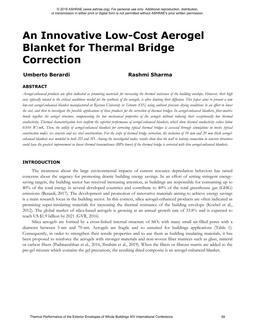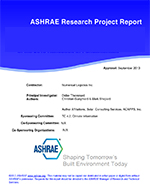This paper describes an integrated community energy system based on current heat pump technology: HPICES. The system provides heating and cooling through a common piping loop to which all users (buildings) are connected. Each user has one or more water source heat pumps which extract heat from, or reject heat to, the loop. A central plant maintains the loop water temperature within the desired range.
Engineering and economic analyses were performed for a reference community with a population of 10,000 located in the northeastern United States. The HPICES investigated use significantly less resource energy than conventional systems; the savings are 16 to 32% during the heating season, 37 to 51% at the times of the heating peak, and 19% during the peak cooling period. The annual resource energy saving is 14 to 34%.
High community energy density rates (corresponding to urban conditions) are conducive to economic viability of HPICES. However, if large amounts of waste heat are available, even relatively loosely built-up communities look financially promising provided the system is owned and operated by a municipality.
Product Details
- Published:
- 1980
- Number of Pages:
- 14
- File Size:
- 1 file , 1.1 MB
- Product Code(s):
- D-LA-80-12-5
- Note:
- This product is unavailable in Russia, Belarus


